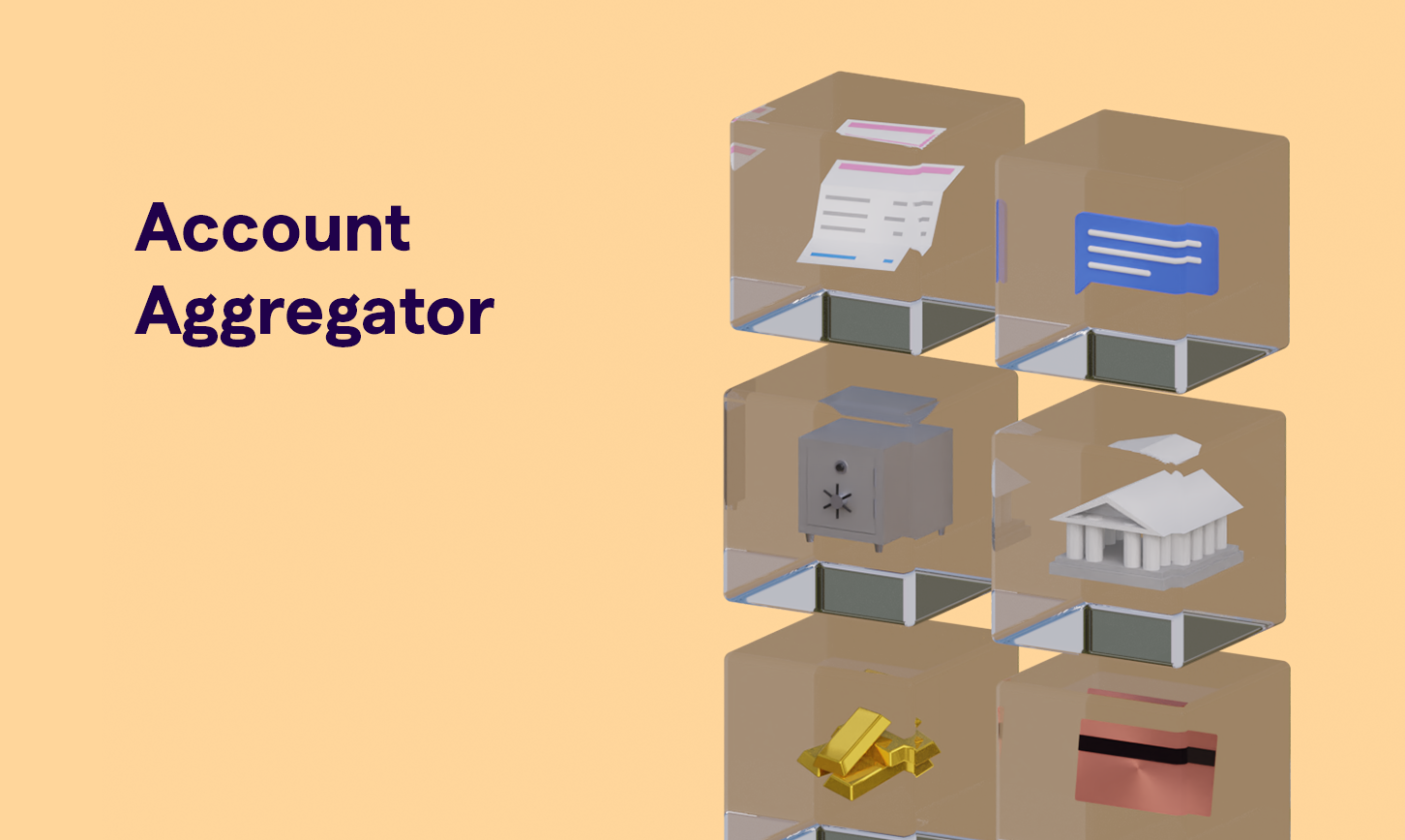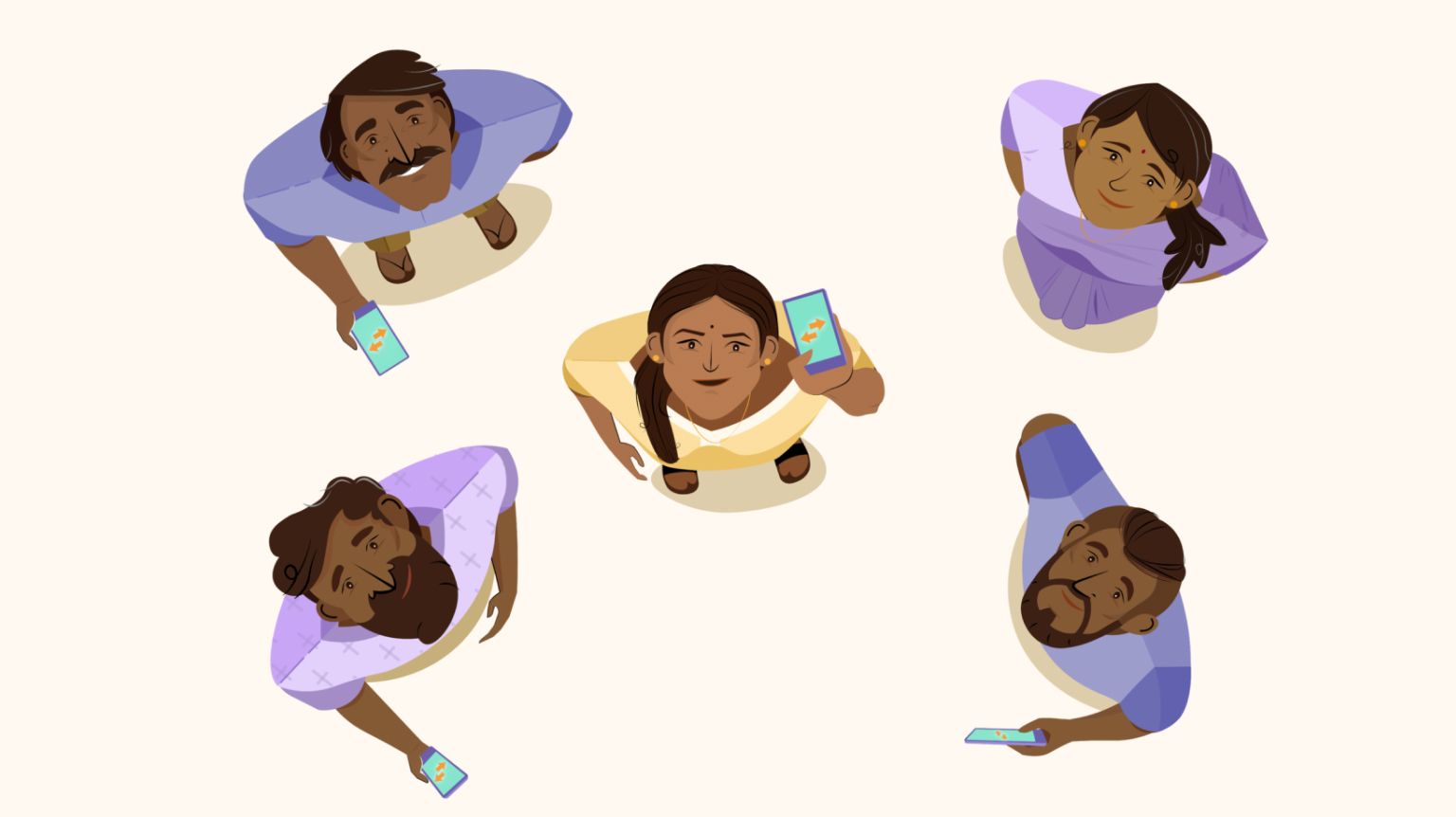Our web application for consent management - AA

In this article, we describe the processes, failures, and successes associated with the development of the Account Aggregator (AA) web application.
An explanation of why AA is necessary
Let's take a moment to consider how we are presented with our financial data. They are in our passbooks, downloaded PDFs, IT return forms, and bank certificates/bonds. Do any of these formats really make sense of this data?
Unless we pay constant attention, we don't have a bird's eye view of our own financial information most of the time. The food itself is not digital; it is trapped in papers and documents, so we cannot access many financial services via digital channels.
In order to facilitate the secure movement of financial data between entities that hold financial data (banks and other financial institutions) and those that wish to use this data to provide financial services with the consent of the individual in question, the RBI created an account aggregator framework. A lot of financial use cases can be enabled by AA--making sense of our financial data and providing us with financial services are just the beginning!
A little about how AA works
An Account Aggregator framework uses a third, data-blind entity called the Account Aggregator (AA) to share financial information between entities that hold financial data (Financial Information Providers-FIP) and entities that use financial data (Financial Information Users-FIU).
In order to gain access to an individual's financial information, the FIU sends a "consent request" to the AA. FIU consents are reviewed and approved by the individual on the AA platform.
When an individual approves the FIU's access to their financial data, it is permitted to do so only in accordance with what the individual has authorized.
As per approved rules in the consent, AA is the encrypted data pipe from the FIP to the FIU.
A little about our objectives
Our goal was to create a web application that is extremely simple, easy to use, seamless, and whatnot! With no magic words and a focus on function, we wanted to build a web application —
- Financial literacy levels range from beginner to advanced
- The app can then be used in the language of the user
- Trust-building and non-manipulative
- Plays a small role in helping the AA ecosystem bloom!
Communicating a new financial instrument
In today's world, concepts such as cards, online payments, and UPI are part of everyday conversations. On any UI, these words need not be elaborately explained to explain what they really mean—people can just understand them by their meaning.
When we built the web app, we had to communicate ideas and concepts that didn't exist before—no obvious analogies for the user to relate to. The following were some of them:
- How account aggregators work and where users fit into it
- Consent concept
- Financial accounts (such as bank accounts or mutual funds) are linked
- Frequency and interval of data fetch
Linguistic diversity
Translating experiences involves more than just translating words or phrases, but it's very easy to say we offer regional language support. It is only when we are sufficiently familiar with the nuances of the language that we will be able to ensure a reasonably consistent experience.
Solid research
Even though the challenges were fairly new, we drew heavily from timeless principles put forth by D91 Labs' "Future of Data Sharing (FODS)" project to guide us. Here are a few of those instances
Contextualise the FODS Principle
By breaking the consent artifact down into simple question-and-answer format, users are able to understand what is happening while reducing cognitive load.
Principle of FODS-enable data sharing controls
By using this principle, we enabled selective skipping of financial data points in consent forms. Our goal was to make it clear up front that a particular step can be skipped and is not mandatory so that the user would know what to expect.
User interfaces without visual language are no better than printed records. Illustrations and icons make the interface more visually appealing, replace text for communication, and make the interface look less cluttered.
It is important not to rely too heavily on visual communication when communicating a new concept. If users are left guessing what the icon or grouping of elements is actually trying to convey, they might be left in a state of confusion. Financial data has an irreversible impact on real life, and this is particularly apparent in this case.
Our earlier representation of consent looked like this. However, it relied on the user's understanding of grouping, communication through icons, etc.




